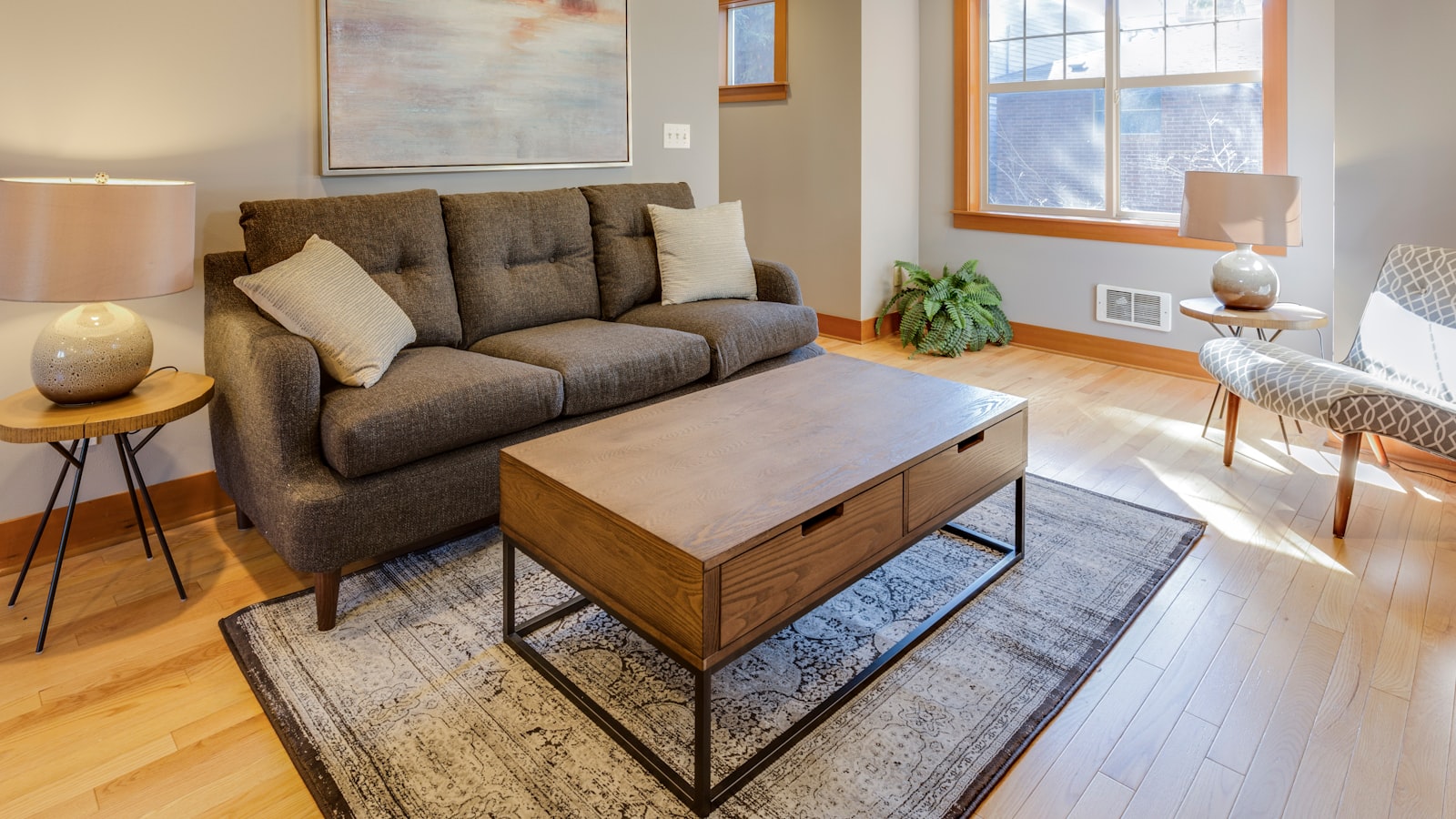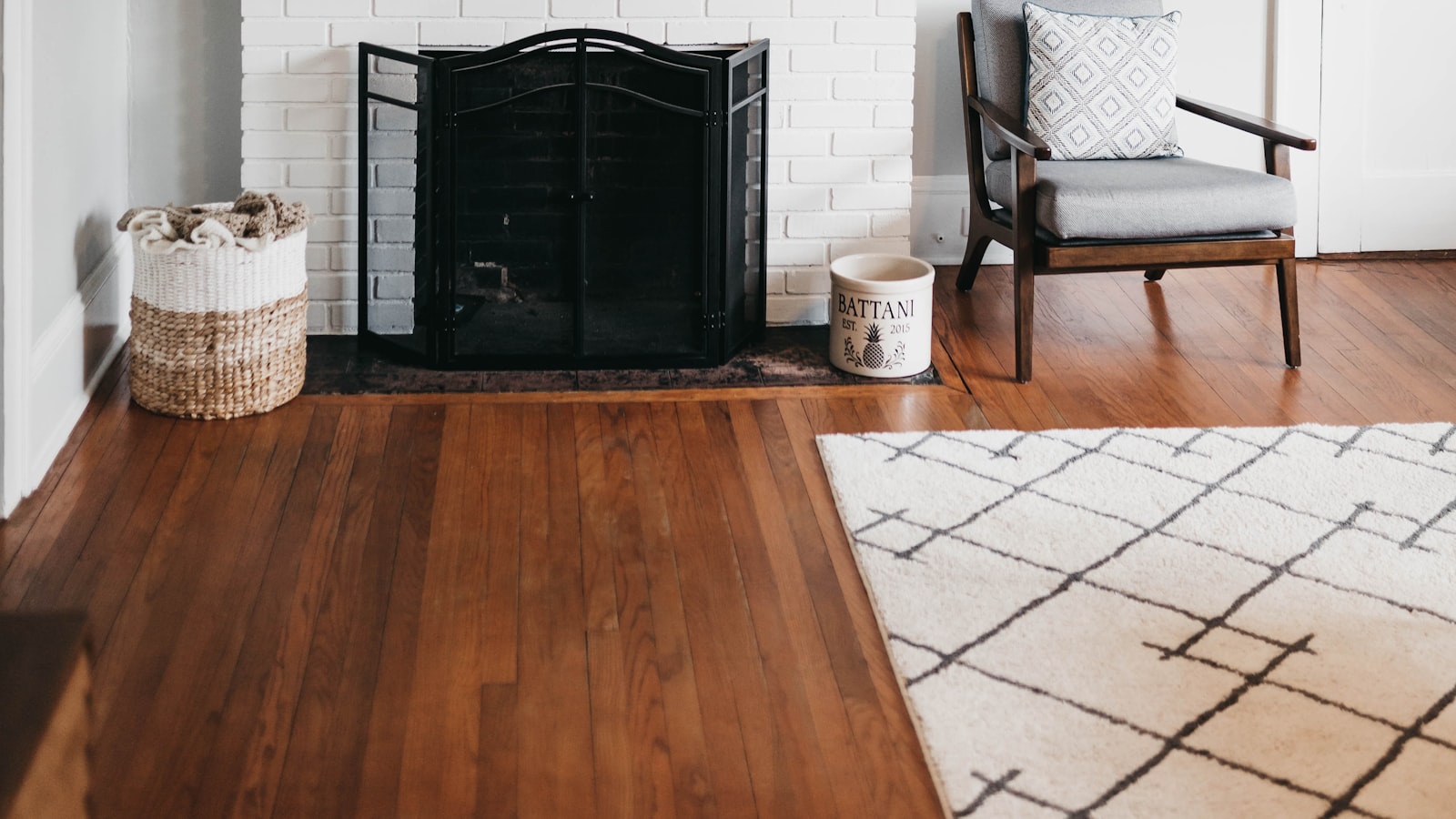
Medicare and Private Insurance Cover the Majority of the Costs of Assisted Living Facilities
Assisted living facilities are homes for people with disabilities. This type of care is designed for older adults who can no longer live on their own. Medicare and private insurance cover the majority of the cost. Assisted living can be costly, so it is important to determine who will pay for it. Here’s some information to help you make an informed decision. Read on to find out how assisted living benefits Medicare beneficiaries. Read on to learn about the benefits and costs of assisted living.
assisted living facilities
If you have a loved one who is aging, there are several things to consider when looking for assisted living facilities. The most important factor is whether the facility is friendly and homey. While some facilities may be sterile, they should have a warm and welcoming atmosphere. In general, you will want to find a community that reflects your personality and the lifestyle of the person you’re caring for. The National Center for Assisted Living recommends visiting the facilities several times and meeting residents.
It’s normal for a loved one to feel anxious when moving to a new community, but you must make sure that your loved one is comfortable with the new surroundings. Moving into a new place means giving up independence and a piece of your identity. You should talk to someone who understands your feelings, such as a family member or friend, to help ease the transition. It also helps to get acquainted with the staff members and the community.
does medicare pay for assisted living
Does Medicare pay for assisted living facilities? The answer depends on the type of care needed. Skilled nursing facilities, for example, provide therapy services to treat medical conditions and help patients regain their independence. While Medicare does not pay for custodial care, it does cover the cost of skilled nursing services and certain home health aide services. In California, a person can take advantage of Medicare’s assisted living benefits if they are medically necessary.
While Medicare does not cover the cost of assisted living facilities, some benefits are available to help. Some states offer a Social Security State Supplement (SSI), a cash program to help seniors pay for the cost of room and board. In addition, Medicare will still pay for short-term stays in skilled nursing facilities. The costs of such care are typically 80% covered by Medicare. Moreover, Medicare supplement plans may cover assisted living costs as well.
how much is assisted living
The price of assisted living can vary widely, from $50 per day to $300 per day. The benefits provided range from social interaction and wellness programs to cultural experiences and nutritious meals. In addition to the basic services, assisted living provides 24-hour security and a variety of services, such as a dedicated staff. This can make assisted living an affordable option for many families. But before you sign up for a community, you should consider how much your loved one is worth and whether it can support their needs.
The monthly average cost of assisted living in San Francisco is $4,750 per month. This price is higher than the state and national average. In California, the cost of assisted living is estimated to reach $119 billion by 2027, a five-year outlook shows that the cost will continue to rise. Californians should check with their insurance companies and research their options. If personal funds are not an option, there are government programs available to help pay for the cost of assisted living.
who pays for assisted living
Oftentimes, assisted living costs are covered by private funds, including pension payments, long-term care insurance, and personal savings. However, many families opt to use their own resources. In addition to retirement savings, many seniors save for their eldercare needs over the years. To determine the amount of assistance a relative will need, consider their top priorities and resources available. You can use a free tool to estimate your budget and get an idea of the options available.
Medicare is another option that may cover personal care assistance and supportive services provided in an assisted living facility. Moreover, the Centers for Medicare and Medicaid Services recently expanded supplemental benefits for Medicare Advantage plans. Supplemental benefits now include hearing, vision, and dental care, which were not previously covered under the program. Additionally, Medicare Advantage plans in 2019 may offer daily maintenance benefits for residents of an in-home assisted living community. Of course, these services must be medically appropriate, suggested by a licensed care provider, and based on a patient’s needs.
assisted living vs nursing home
When considering assisted living or nursing home care for an elderly loved one, mobility is one of the most important factors to consider. Nursing homes are best suited for people who are bedridden or have lost use of their sides, while assisted living is a good option for those who are able to perform daily tasks and manage chronic conditions. In many cases, assisted living is a more affordable and appropriate option than nursing homes.
Nursing homes offer skilled care to patients. These patients may be incontinent, rely on tube feeding, or be long-term residents. Licensed physicians and nurses supervise the care of each patient. Additionally, most nursing homes have hospital equipment and provide short-term rehabilitation services. Medicare and Medicaid do not cover assisted living, but there are other options for funding nursing care. The benefits of nursing homes include personalized care, a wide range of activities, and a full-time staff to provide 24 hour supervision.










